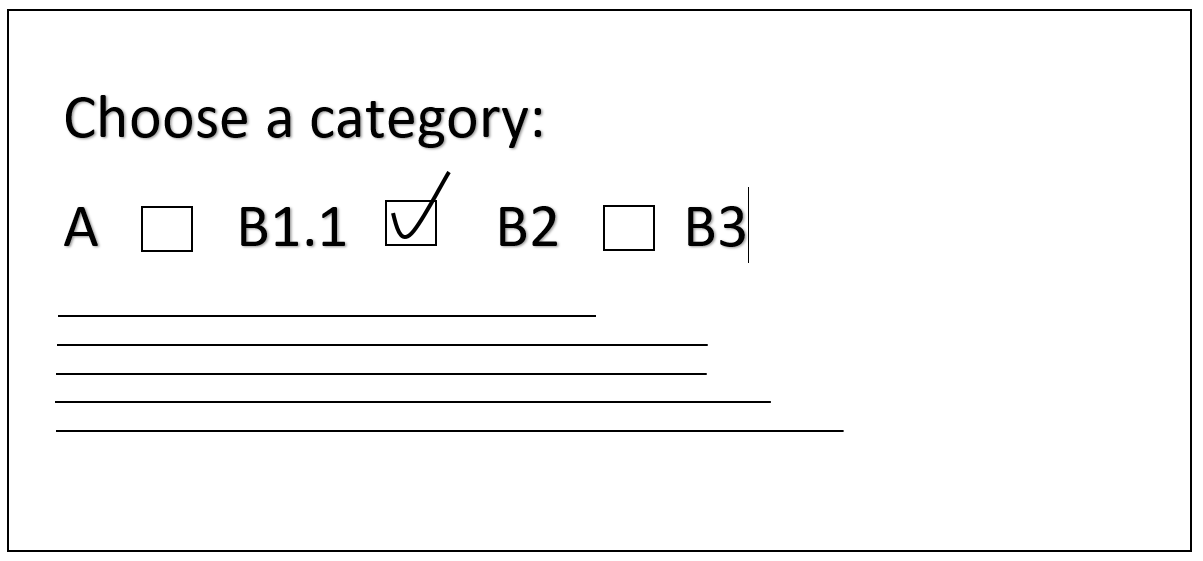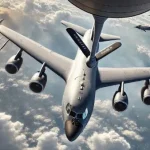In the EASA Part-66 licensing system, the responsibilities of A, B1, and B2 license holders are distinct and focus on different areas of aircraft maintenance and certification. Each license type allows for different levels of authorization and specific types of work on aircraft systems. Here’s a breakdown of the roles and responsibilities of A, B1 and B2 license holder:
Responsibilities of A License (Line Maintenance Mechanic) holders
Scope
The A License is the entry-level certification in aircraft maintenance. It allows the holder to perform limited maintenance tasks and certify certain tasks on the aircraft in line maintenance. However, it is more restrictive than B1 or B2 licenses.
Key Responsibilities
- Perform simple line maintenance tasks, such as routine checks, tire changes, servicing and troubleshooting of mechanical systems.
- Replace parts and components like wheels, batteries, and avionics panels that don’t require deep troubleshooting.
- Certify maintenance tasks that they have personally completed.
- Cannot certify complex maintenance tasks or deep system troubleshooting.
- The A License holder typically works under the supervision of a B1 or B2 licensed engineer for more complex maintenance work.
Responsibilities of B1 License (Mechanical Aircraft Engineer) holders
Scope
The B1 License covers mechanical systems on the aircraft, such as engines, airframes, hydraulics, and fuel systems. It is primarily focused on the physical and structural elements of the aircraft.
B1 license holders can issue CRS (Certificate of Release to service) in the line maintenance and can act as a support staff in Base Maintenance where heavy maintenance work is carried on.
Key Responsibilities
- Perform maintenance, repairs, and troubleshooting on aircraft electrical and mechanical systems including engines, landing gear, flight controls, air conditioning, and hydraulics.
- Certify that maintenance and repairs have been completed for mechanical components in the line maintenance.
- Can sign off on inspections and routine maintenance of mechanical parts.
- Perform and certify complex tasks such as engine repairs, structural fixes, and systems diagnosis related to mechanics.
- Can supervise and approve the work of A license holders performing mechanical tasks.
B1 license Categories
- B1.1: Fixed-wing aircraft with turbine engines.
- B1.2: Fixed-wing aircraft with piston engines.
- B1.3: Rotary-wing aircraft (helicopters) with turbine engines.
- B1.4: Rotary-wing aircraft with piston engines.
Responsibilities of B2 License (Avionics Engineer) holders
Scope
The B2 License focuses on the electrical and avionics systems of the aircraft. It covers aircraft communication, navigation, radar, flight management systems, and other electrical components.
Key Responsibilities
- Perform maintenance, troubleshooting, and repairs on aircraft avionics systems, which include electronics, navigation, autopilot systems, communication equipment, and other electrical components.
- Certify avionics work and electrical system maintenance.
- Issue CRS in the line maintenance if obtain category A task training
- Conduct inspections, repairs, and replacements of avionics components and systems.
- Can work on electrical wiring, circuitry, and computer systems in the aircraft.
- Supervise and certify avionics-related work done by A or other staff.
- Difference from B1: While B1 focuses on the mechanical systems of the aircraft, B2 is exclusively responsible for the electrical and avionics systems.
Comparison of A, B1, and B2 License Responsibilities
| License Type | Primary Focus | Certification Authority | Tasks They Can Certify |
| A License | Basic Line Maintenance | Simple maintenance tasks | Minor checks, part replacements like tires or batteries |
| B1 License | Mechanical Systems (Engines, Airframes, etc.) and electrical system | Mechanical systems certification | Engine work, landing gear, hydraulics, airframe repairs |
| B2 License | Avionics and Electrical Systems | Avionics/electrical certification | Communication, navigation, radar, autopilot systems |
Is aircraft Maintenance Engineering Job hard?
No, aircraft maintenance engineering job is not hard. It is like other engineering jobs. It is a prescribed job by regulatory authority and operator. All the task are clearly motioned in the maintenance manuals and other related docs to carry out the maintenance and troubleshooting.
So, if you are able to read and write in English and understand the instruction of the maintenance manuals and pursue an appropriate course to become an aircraft maintenance engineer, I can assure you that you can do the jobs with joy.
How much can a, B1 and B2 license holder earns?
The earnings depend on the several factors. In aviation experience is very import for your salary expectation. Normally, at entry level salary is nearly about $20 to $25 per hour. It will increase as you gain experience. An average salary of a Category A maintenance engineer is about $35 in United States.
Category B1 or B2 license holder earns near about $70,000 to $85,000 in average. Again, it is depends on the location and the profile of the company. But if you gain experience you can have more opportunities in the world and grab the best opportunity you want.
Conclusion
- A License holders are limited to routine and simple maintenance tasks on the aircraft which are endorsed on their certification.
- B1 License holders are responsible for the mechanical, electrical and structural maintenance of the aircraft, including engines, airframes, and hydraulics. They act as support staff in base maintenance and can issue CRS in line maintenance.
- B2 License holders work with aircraft electrical and avionics systems, and can issue CRS in line maintenance whereas in base maintenance work as a support staff in communication, navigation, and electrical equipment maintenance.
Each license has its own scope of responsibilities, allowing engineers to specialize in different areas of aircraft maintenance while ensuring safe and efficient aircraft operations. if you think that all the responsibilities mentioned above motivate you to pursue the aviation career you stick to us for more updates and information related to aviation and aerospace technology. Good luck!




2 thoughts on “What are the responsibility of A, B1 and B2 license holder?”
Comments are closed.